What is prefabrication in construction?
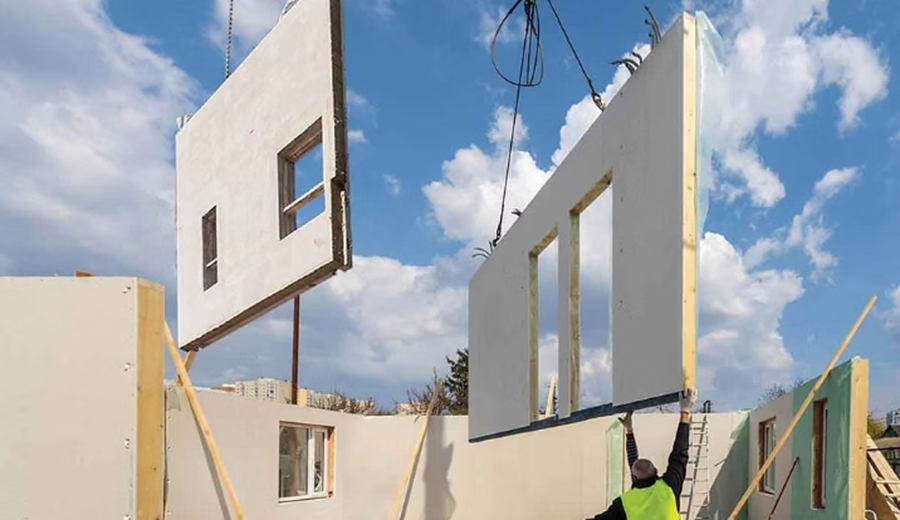
Prefabrication in construction involves producing building components off-site in a controlled factory environment, then transporting and assembling them on-site. This method contrasts with traditional construction, where materials and labor are used directly on-site to build structures from scratch. Prefabrication offers advantages such as faster construction, reduced waste, improved quality control, and enhanced safety. It is particularly effective for repetitive designs and large-scale projects. By streamlining processes and minimizing on-site work, prefabrication enhances efficiency and sustainability, making it a modern alternative to conventional building techniques.
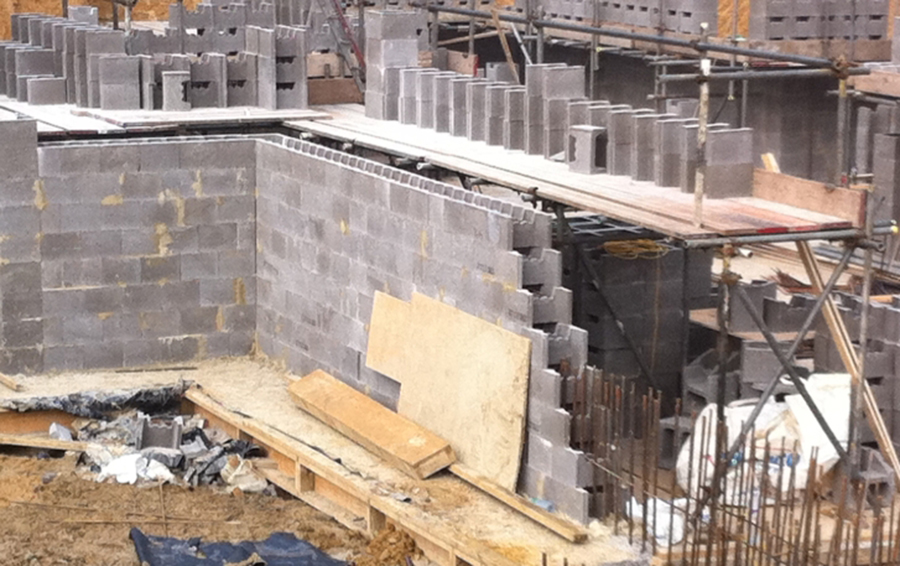
Why the prefabrication create in construction?
Prefabrication revolutionizes construction by manufacturing components off-site, reducing costs, time, and waste. This innovative method enhances efficiency, quality, and sustainability, transforming traditional building practices and offering a faster, more eco-friendly approach to creating structures. It’s a game-changer for modern construction.
Prefabrication in construction is crucial due to its significant advantages over traditional on-site methods. It enhances efficiency, reduces costs, minimizes waste, and shortens construction timelines. Its versatility and ability to ensure consistent quality make it increasingly popular. As sustainability and speed become priorities, prefabrication is set to play a vital role in the future of the construction industry, driving innovation and transforming how buildings are designed and assembled. This method is not just a trend but an essential component of modern and future construction practices.
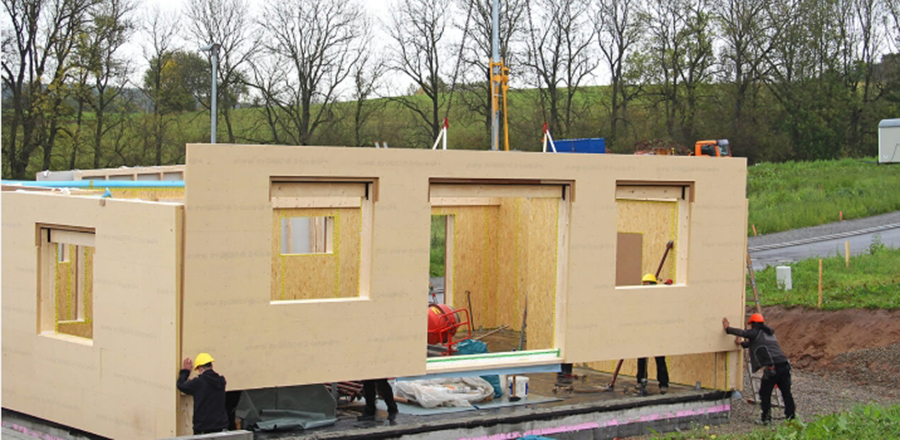
What is the advantages of prefabrication in construction?
★Improved Quality Control
Factory-made components ensure precision, reduce errors, and deliver higher quality with fewer defects compared to on-site construction.
★Increased Efficiency
Simultaneous manufacturing of components speeds up construction, shortening timelines and accelerating project delivery.
★Cost Savings
Reduced labor needs, minimized waste, and lower storage requirements lead to significant cost reductions for clients.
★Improved Sustainability
Factory environments enable sustainable materials and processes, cutting carbon footprints and reducing construction waste and environmental impact.
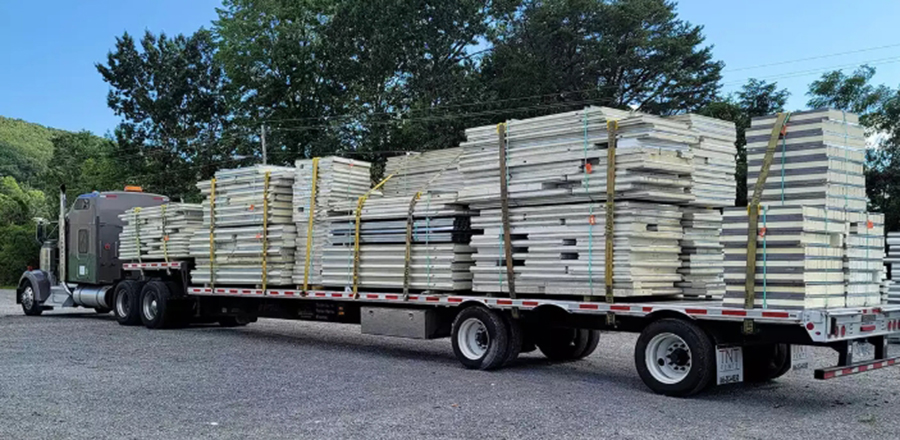
What is the disadvantages of prefabrication in construction ?
★Limited customization options
Prefabricated components often follow standardized designs, restricting flexibility for unique or highly customized projects.
★ Transportation costs
Moving large prefabricated parts to the construction site can be expensive, especially for remote locations.
★Compatibility issues
Ensuring seamless integration of prefabricated elements with on-site construction can be complex, requiring precise planning.
★ Coordinating schedules
Synchronizing factory production with on-site assembly timelines can be challenging, potentially causing delays.
★Damage in transportation
Prefabricated components are at risk of being damaged during transit, affecting quality and increasing costs.
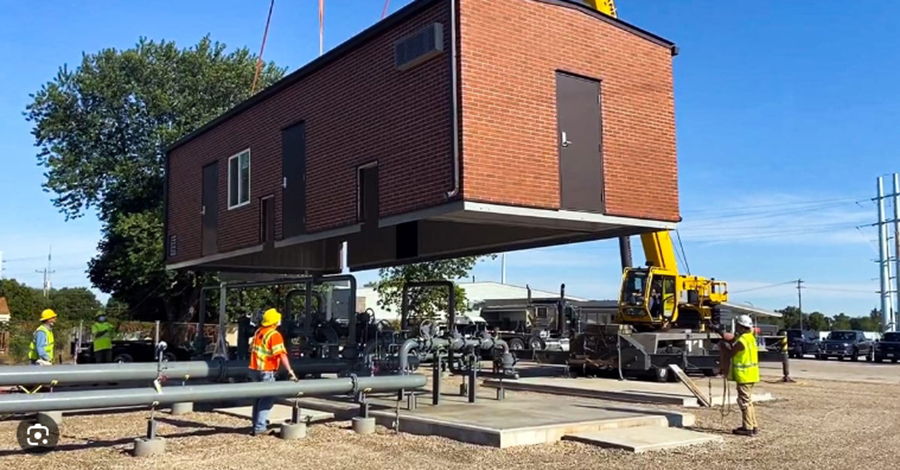
In summary, prefabrication in construction is a cost-effective, efficient, and sustainable method that outperforms traditional building techniques. It reduces construction time, lowers costs, and enhances quality by minimizing waste and improving process efficiency. With its ability to streamline production and ensure precision in a controlled factory environment, prefabrication is poised to play a pivotal role in the future of construction, offering a modern, eco-friendly, and innovative approach to building. Its numerous advantages make it a key driver of progress in the industry.
years of experience
 online service
online service +86-592-6095031
+86-592-6095031 manager@yumisteel.com
manager@yumisteel.com Alina_Yuki
Alina_Yuki +8613559086380
+8613559086380 +8615860744964
+8615860744964